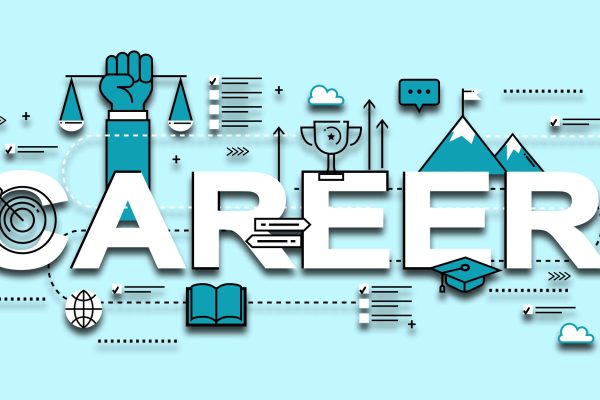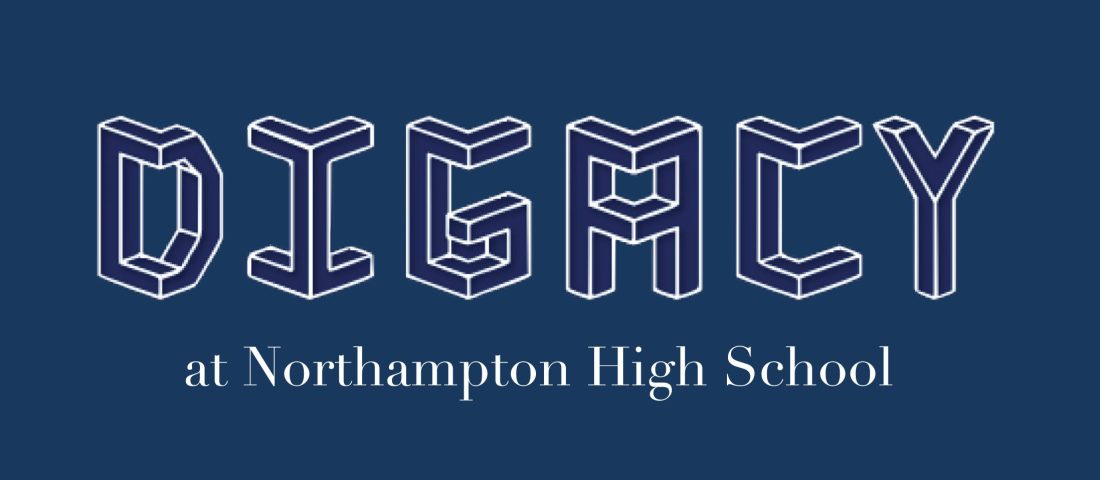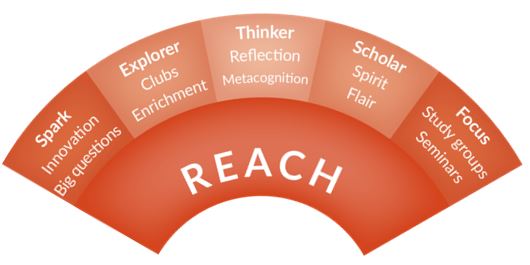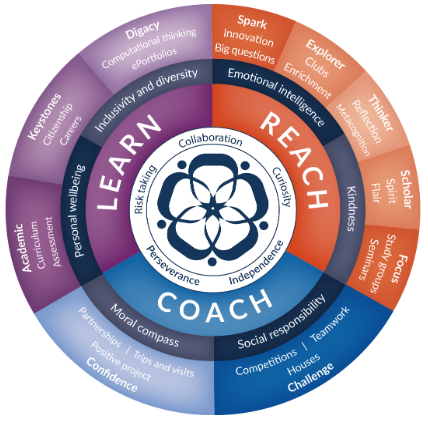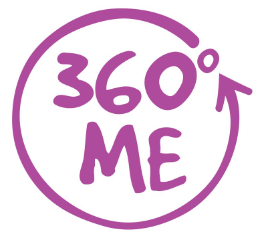How can spending time outdoors affect Children’s Mental Health?
Dr Alex George – TV doctor, Youth Mental Health Ambassador to 10 Downing Street and author of Children’s Book ‘A Better Day’ – explained his Top Five Tips for Good Mental Health and Wellbeing. His number one Top Tip? Get outside!
Whether it’s the rows of small wellies lined up, anticipating a fresh coating of mud or the hustle and bustle of children eagerly pulling on their waterproofs, ready to head down to Forest School, here at the Junior School at Northampton High, our passion for the outdoors is evident!
But why is it so important?
In recent years, we have welcomed more awareness of the importance of mental health, including children’s mental health. Since 2015, February has brought with it Children’s Mental Health Week. This year the theme was ‘Let’s Connect’ as it is known that, when we make meaningful connections with others, we stand a greater chance of holding the tools and resilience to be able to navigate the challenges that can affect our emotional wellbeing.
But did you know that there is increasing evidence to suggest that creating connections with nature can also have a significant positive impact on our mental health? A study conducted by the Government adviser for the natural environment, Natural England, found that ‘people who spend at least 120 minutes in nature a week are significantly more likely to report good health and higher psychological well being than those who don’t visit nature at all’.
Sadly for many, modern-day life brings obstacles when it comes to children accessing the outdoors for extended periods. Busy roads, concerns of ‘stranger danger’ and fewer green spaces are just a handful of reasons why many children simply do not have the same opportunities to ‘play out’ as previous generations might have done.
Therefore, we feel very fortunate to have such a fantastic calm and peaceful woodland area and we are proud that all year groups – from Nursery through to Year 6 – use it regularly for their Forest School sessions.
Here are just a few reasons why spending time outdoors and specifically Forest School, is beneficial for children:
Confidence and Self-Esteem – Forest School presents learners with opportunities to take part in challenging activities. By encouraging children to step outside of their comfort zones, a whole host of skills are utilised and refined, including collaboration, problem-solving, concentration, perseverance and ultimately the opportunity to be successful! These transferable skills can then filter into other areas of their lives, promoting an increased sense of confidence and higher self-esteem in children.
Exercise – Many of us feel great after a visit to the gym or a jog round the park. It’s well known that exercise is one of the most effective ways to encourage the release of endorphins – the feel-good hormone. For children, at Forest School, many of the activities are a great source of exercise – jumping in puddles, rolling tyres, climbing trees, building dens – they all help to raise heart rates and contribute to the development of strength and coordination.
Decreased Cortisol – Have you heard of Forest Bathing? Far from being an activity that requires a swimsuit and a towel, this ancient Japanese mindfulness ritual also known as shinrin yoku is gaining popularity as a way to escape hectic modern-life by immersing ourselves in nature. This practice is actually considered so powerful that in some countries it is prescribed by medical professionals as a way of helping people experiencing conditions such as anxiety or depression. Imagine viewing sunlight dappled through green leaves, listening to gentle birdsong, smelling the scent of wildflowers…It is believed that spending time in a natural environment, particularly around trees, results in decreased levels of the stress hormone cortisol. Forest School provides children with the opportunity to do just that. To escape the stresses of everyday life, just for a little while.
Improved Sleep – We all sleep that little bit better after burning off some energy in the fresh air and the same goes for children. Better quality sleep brings improved levels of energy, concentration and positivity the next day, promoting feelings of happiness and allowing us to learn more effectively.
Fun and Friendship – Is there any better pathway towards happiness than having fun? The sounds of chatter and laughter tells us that for children there is no doubt about it: the simple pleasure of being outdoors is incredibly enjoyable. It seems that playing with others and getting muddy is just wholesome good fun and who better to do this than your peers? The connections children make with others during the shared experience that is Forest School, promote strong bonds with others and help encourage the development of friendships.
Of course, it is important to note that the factors that affect emotional wellbeing are multifaceted and complex. Therefore it is essential that children experiencing significant challenges with their mental health should access relevant support. However, if we can all spend a little time outdoors, we will all reap the benefits!
Dr Alex George’s Top Five Tips for Mental Health and Wellbeing: https://www.youtube.com/watch?v=EqcCf8DqIy8&t=36s
How can nature benefit my mental health? https://www.mind.org.uk/information-support/tips-for-everyday-living/nature-and-mental-health/how-nature-benefits-mental-health/
Two hours a week outside is important for health and wellbeing: https://naturalengland.blog.gov.uk/2019/07/12/two-hours-a-day-outside-is-vital-for-health-and-wellbeing/
If you would like to know more about Forest Bathing, Forestry England has some great resources: https://www.forestryengland.uk/resource/forest-bathing-home-activity-sheets
Mrs Cartlidge
Class 6 Teacher

